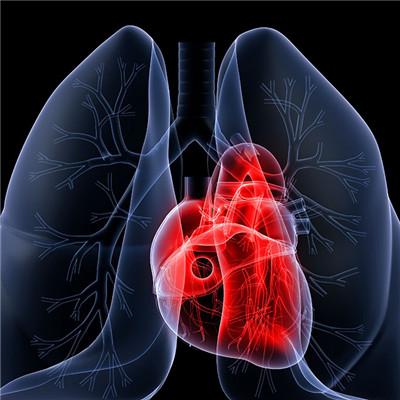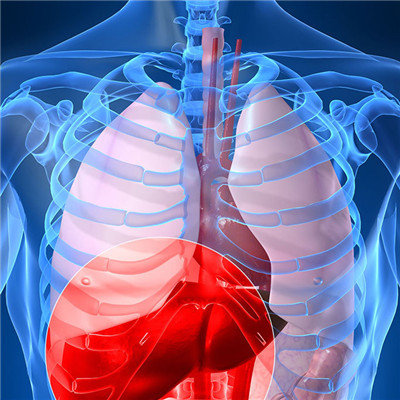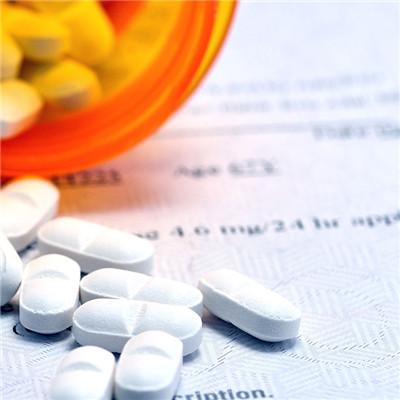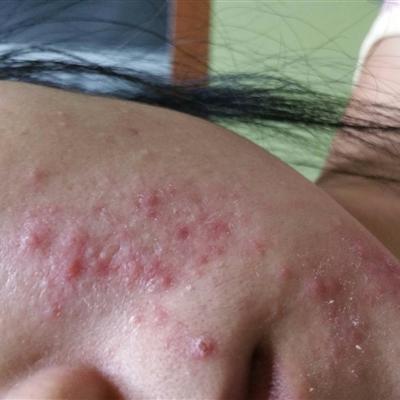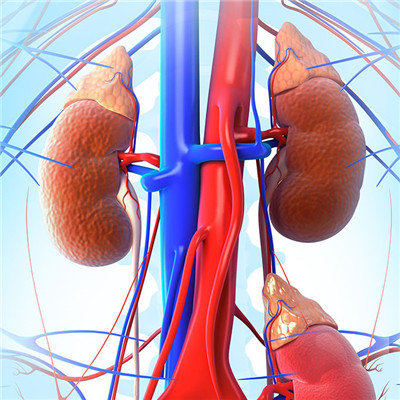Symptoms of high rectal abscess
summary
There is a small lump or mass around the anus. Sometimes unfortunately, it may be an abscess. High rectal abscess is a common suppurative infection in clinic. It is the precursor of anal fistula and can occur at any age. Tell us about the symptoms of high rectal abscess.
Symptoms of high rectal abscess
Under normal circumstances, first feel a small lump or lump around the anus, then suddenly severe pain, swelling, fever, distension discomfort, restlessness, sleeplessness, fever, fatigue, thirst, irritability, constipation, difficult to pass urine. If it is a deep abscess, it will also cause pain in perineum and caudal sacral region, resulting in poisoning symptoms of chills and fever.

Abscess can occur one week after infection. Fluctuating and soft abscess cavity can be felt around anus or rectum during digital diagnosis. Abscess can be extracted by syringe puncture. The pain will be relieved and disappear, the body temperature will drop, and the general situation will be improved, but the wound will not heal. After temporary healing, the wound will relapse and flow pus, which will not heal for a long time, thus forming anal fistula.

The tuberculous perianal abscess has a long course of disease. It takes several days and months to form an abscess. The pain is not severe. It is accompanied by low fever, local redness, and unobvious protrusion. After ulceration, the abscess flows out, the mouth of the abscess is sunken, and the skin around the abscess is bluish or bluish white. There are often several purulent mouths, which are not cured for a long time. Systemic examination can find tuberculosis lesions in the lung, large intestine and other parts. In addition, Mycobacterium tuberculosis can be seen in pus culture.

matters needing attention
① Recuperate defecate the most first: no matter defecate secret knot or from time to time thin loose, diarrhea frequency makes, can cause anal crypt inflammation, cause anus rectum around abscess. When constipation occurs, the feces stored in the rectum are easy to block the anal recess, causing anal recess inflammation and forming perianal abscess. At the same time, dry stool, scratch anal skin or anal recess, also can cause anorectal abscess around. And diarrhea for a long time, often loose, can make loose stool into the anal recess, stimulate anal recess inflammation, thus inducing infection. (2) acute treatment of anal crypt inflammation and anal papillitis: hip bath, drug suppositories, oral antibiotics or traditional Chinese medicine therapy were used to prevent and treat deep inflammation, and even purulent perianal abscess. (3) active treatment of systemic diseases: active treatment of intestinal tuberculosis, Crohn's disease, ulcerative colitis and other systemic diseases.



